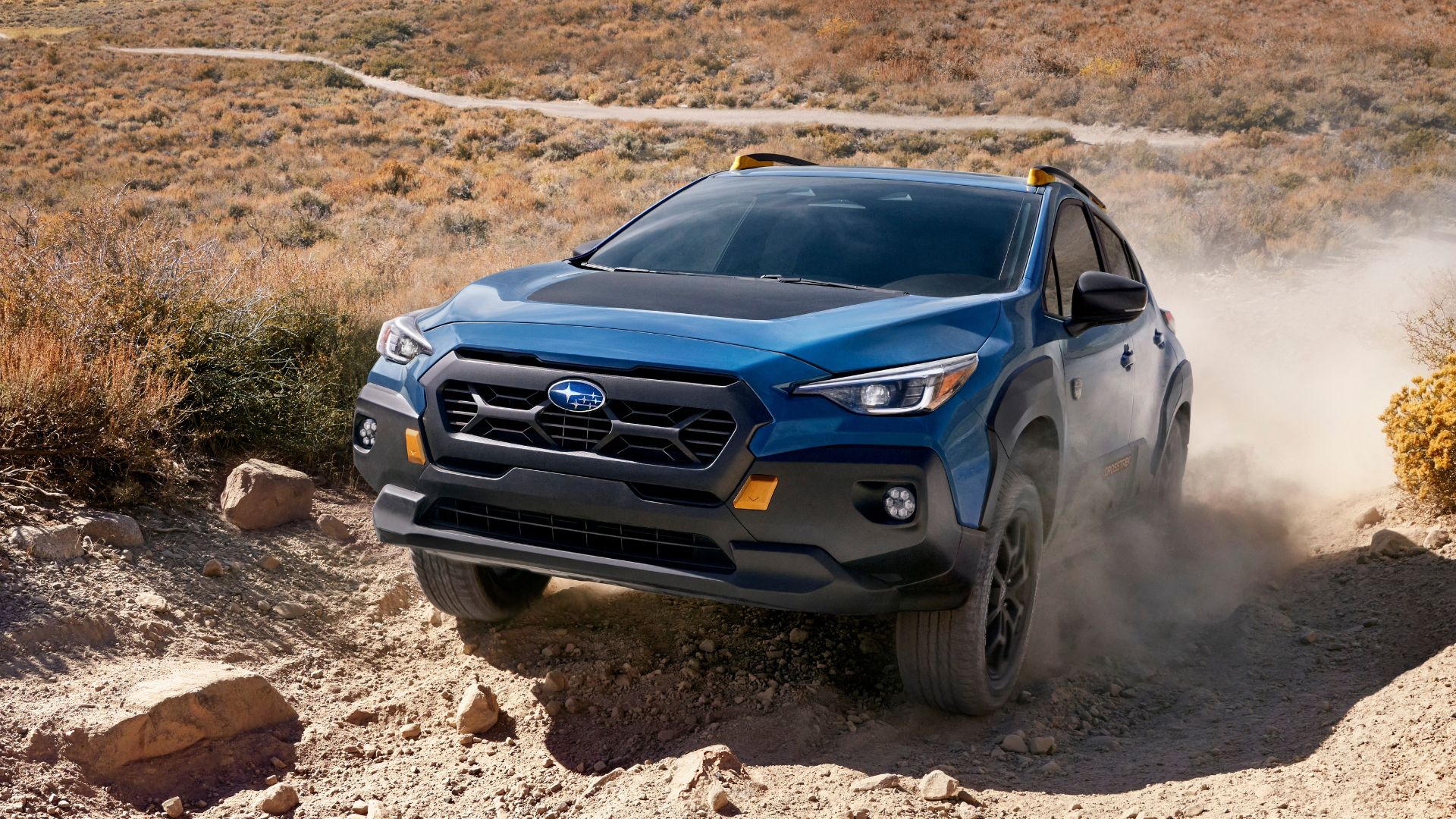
We’ve noticed lately a growing number of jacked-up Subarus wearing all-terrain tires out on different trails, as well as just tooling around urban areas. While a few are the new Wilderness models, others seem to have been inspired by the brand’s movement towards a more off-road orientation, even going so far as to add a spare tire carrier on the tailgate. This might sound great to some, but we know certain off-road recovery services are dreading the many difficult rescue situations inevitably coming their way.
Exotically Dangerous: Overlanding Through Honduras
Before any diehard Subaru fans become horribly bent out of shape, which it might already be too late for that anyway, we’re not saying they can’t be taken off the road. Obviously they can and have been. But not all off-road conditions are made equal and not all vehicles which can go off the road can conquer all those conditions. That’s something we fear many who are buying these Wilderness models just don’t understand.
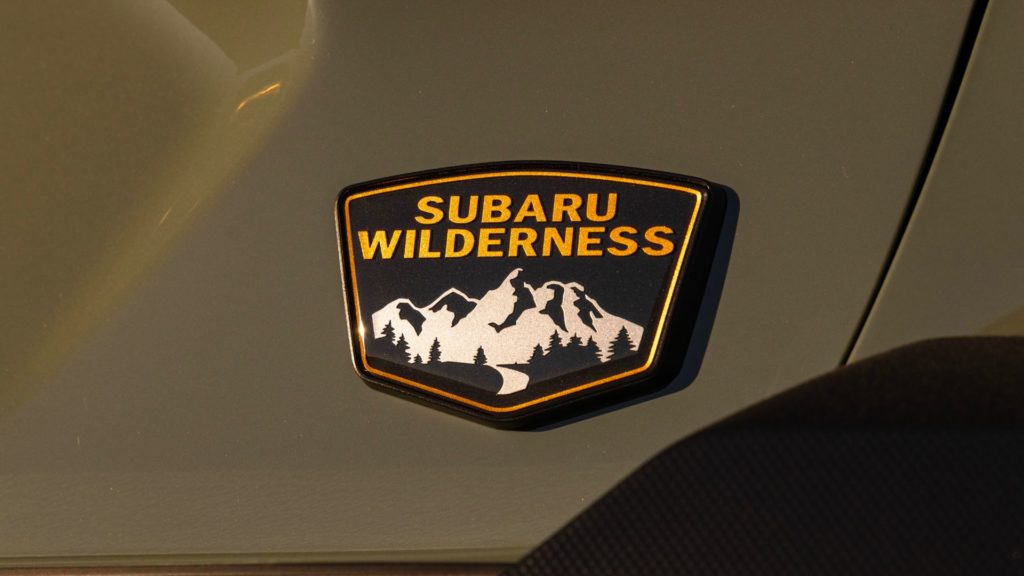
Even with Jeeps, the old saying that the “real” ones are built not bought still holds a lot of truth. Serious off-roaders are by nature tinkerers. We will almost never keep a vehicle stock, especially as we crave taken on more difficult trails and as we run into problems we don’t want to live through again.
The very real fear is that many who buy a Subaru Wilderness model know little about off-roading. They might be under the mistaken impression that what they have rivals a Jeep Wrangler Rubicon right out of the box, leading them to try taking on some serious trails they absolutely have no business attempting.
This isn’t the first time an automaker has added some rugged features on a vehicle to appeal to some shopper’s thirst for adventure. Even Jeep has done it with other models in its lineup. To the normie, the all-terrain tires on the Subaru Wilderness lineup means they’re ready to take on challenging conditions. Plastic body cladding is supposed to also communicate this, but those are far cry from brush guards and rock sliders.

It’s true that Subaru has done amazing things in rally racing using symmetrical all-wheel drive. That combined with the low center of gravity provided by the boxer engine makes them adept for competition, a point of pride for many Subie aficionados. And Wilderness models come with an “X-Mode” settings for snow, mud, and sand, so it’s basically ready for anything, right?
While that and the different gear ratios might make these more adept at trail conditions than a regular Subaru, there are some glaring omissions one would want in a hardcore off-road rig. For example, there are no lockers or locking hubs. And these lack two sets of gears, so there’s no low range for when the going gets especially tough.
Ground clearance is improved over the regular version of the Forester, Outback, or Crosstrek. But it’s a far cry from what you get with a Wrangler Rubicon, something anyone with two eyes should notice immediately. The front skid plate is cute, but we question just how much protection it’ll provide against serious trail obstacles.
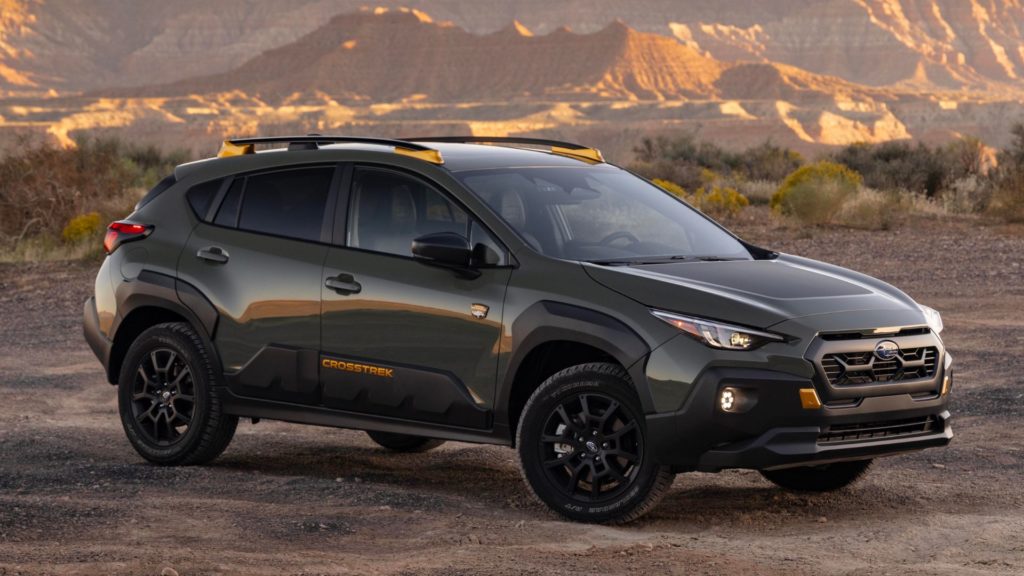
We expect to see many videos of people in Subaru Wilderness models getting themselves in way over their heads on trails all over the US. There already are a fair number of Subaru recovery videos with owners who seem perplexed their Outback couldn’t make it through somewhat tame trail conditions. To be honest, this is also a problem with many grocery getter crossovers, but we wonder if it won’t be even worse because Subaru has marketed these Wilderness models as some sort of hardcore trail machines.
For those who think off-roading only consists of blasting down well-groomed fire roads, these Subarus and really any Subie should do just fine. Ditto for most crossovers on the market today. But as trail conditions become more challenging, finding the limits of your Wilderness vehicle should be a quick and possibly painful process.
Images via Subaru
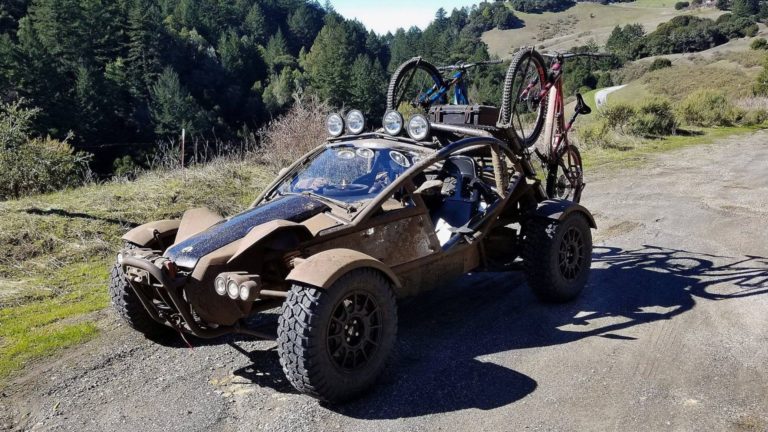
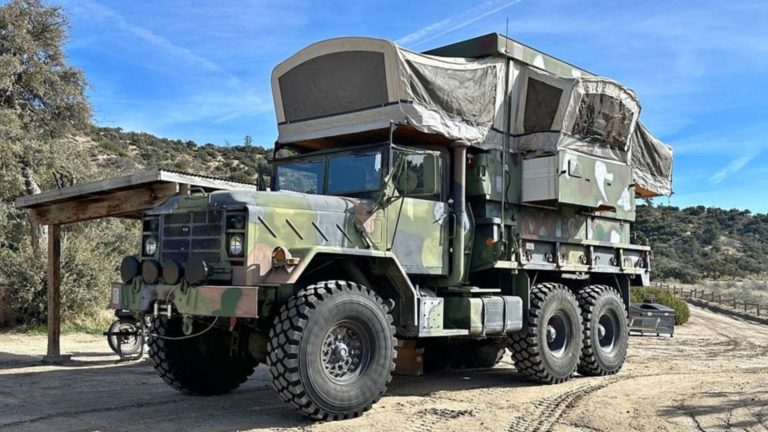
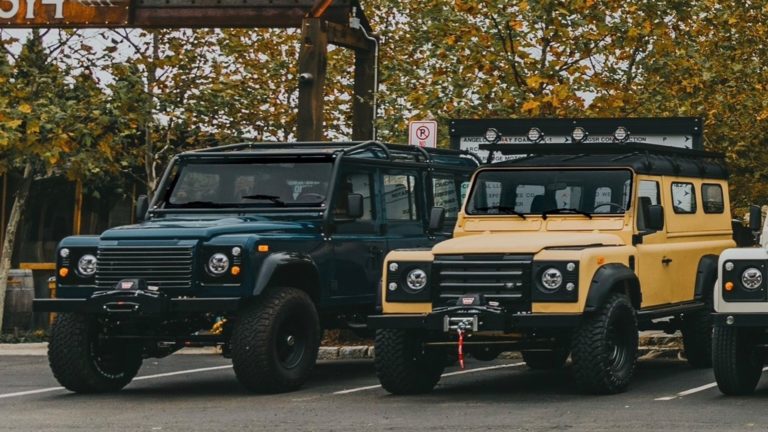
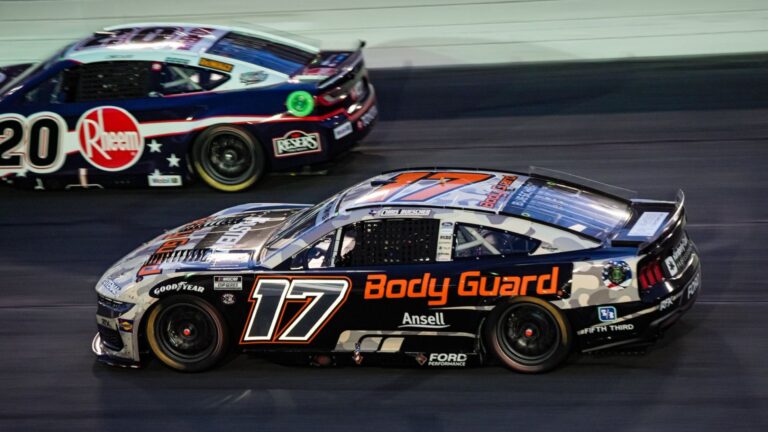
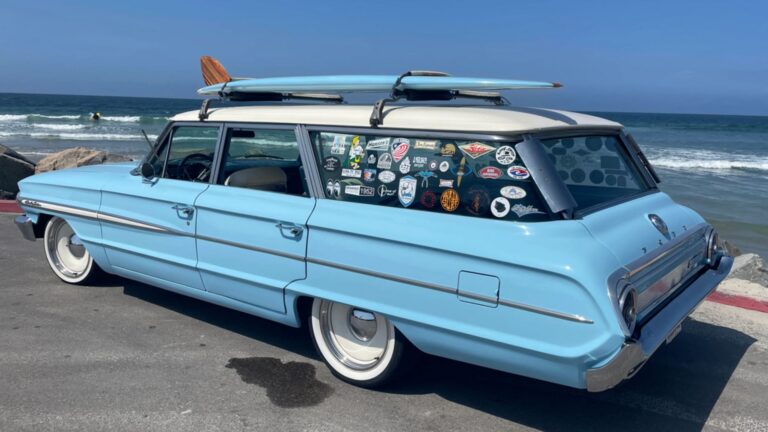
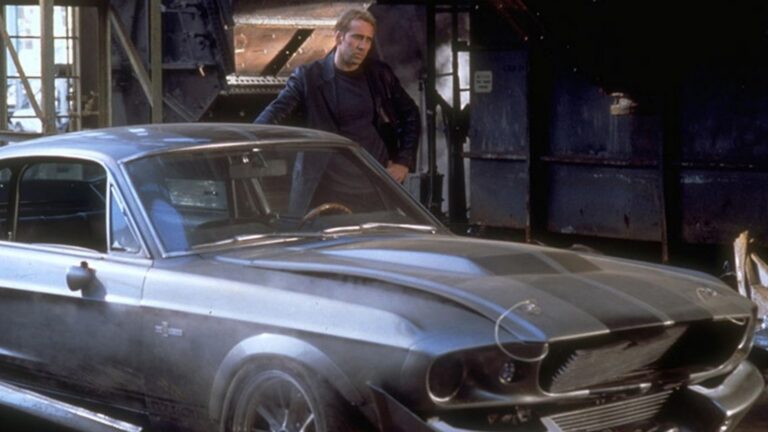
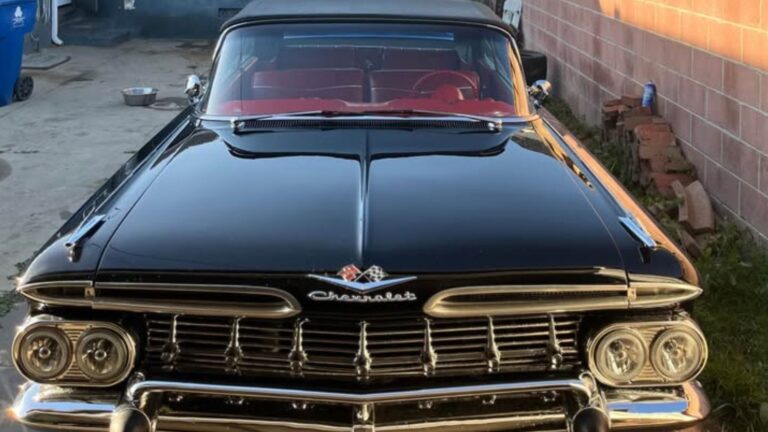
3 thoughts on “Will Subaru Wilderness Models Encourage Risky Off-Road Behavior?”